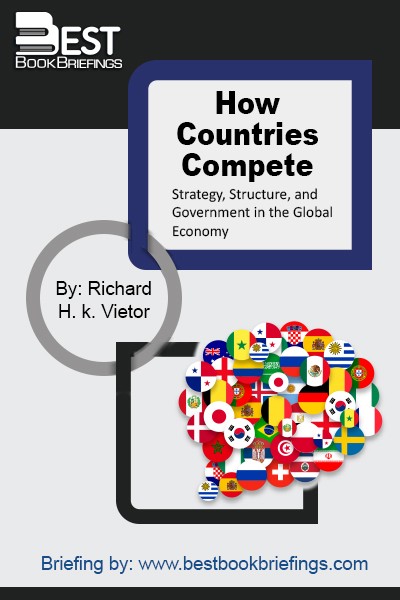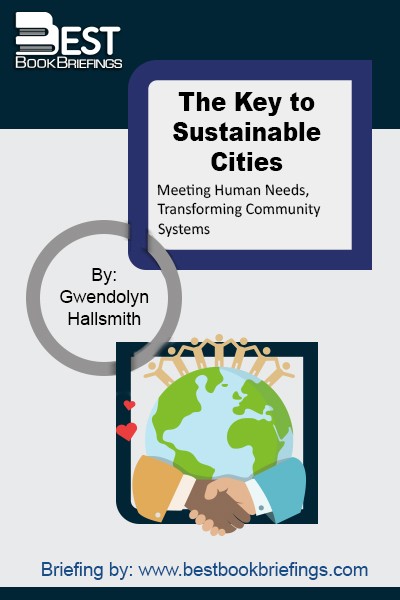The Key to Sustainable Cities
Meeting Human Needs, Transforming Community Systems
Number of pages: 256
Publisher: New Society Publishers
BBB Library: Technology and Globalization
ISBN: 978-0865714991
Editorial Review
All over the world, cities and towns are challenged with sudden and significant increases in population that tax their ability to meet the needs of residents. A great migration is underway. Some 20 million people move to cities every year, a human transmigration unprecedented in history. From 1950 to 1990 the population of the world’s cities went up from 200 million to over two billion, with three billion people expected by 2025. Today, there are 20 megacities of over 10 million people and 19 out of the world’s 25 largest cities are in developing countries. Worldwide, 60 cities have now grown to over 4 million people.
Books on Related Topics

Business and political leaders often talk about what their respective countries must do to compete in the world economy. But what does it really mean for a country to compete, and how do they do this successfully? Countries develop strategies to compete for the markets, technologies, skills, and investment that will

When scholars write the history of the world twenty years from now, and they come to the chapter Y2K to March 2004, what will they say was the most crucial development? The attacks on the World Trade Center on 9/11 and the Iraq war? Or the convergence of technology and events

The story of Singapore’s transformation is told here by Singapore's charismatic, controversial founding father, Lee Kuan Yew. Rising from a legacy of divisive colonialism, the devastation of the Second World War, and general poverty and disorder following the withdrawal of foreign forces, Singapore now is hailed as a city of the



